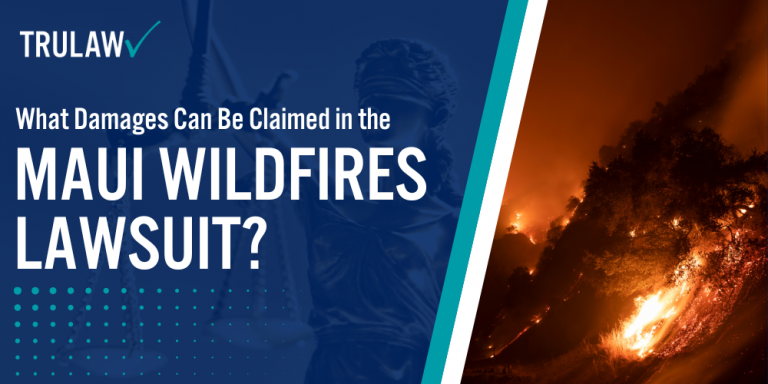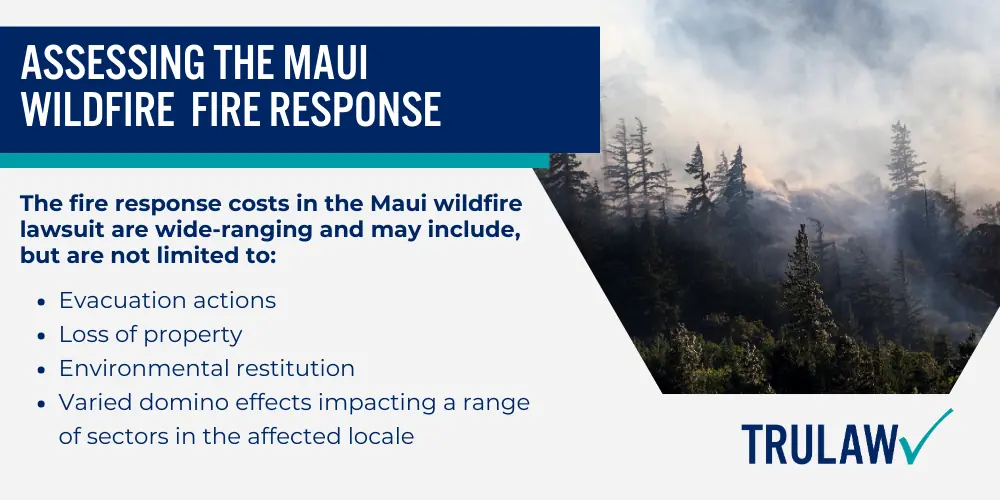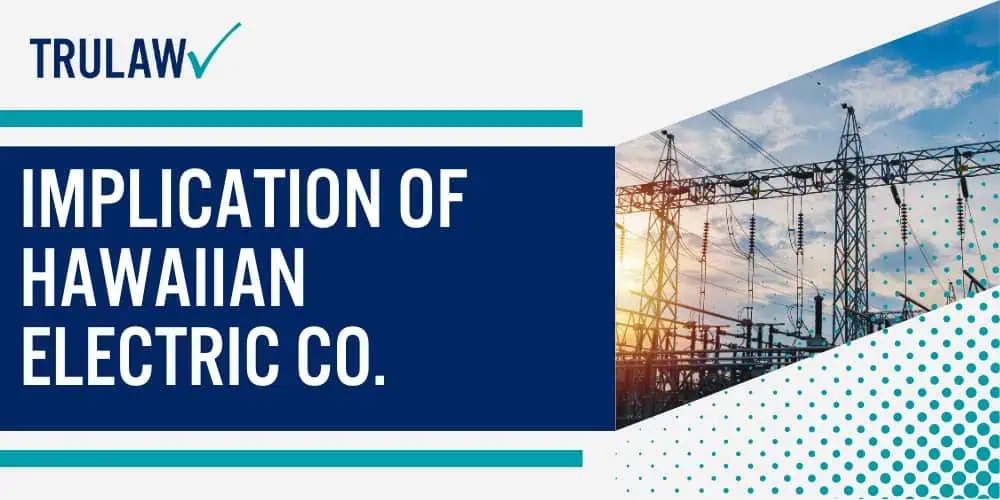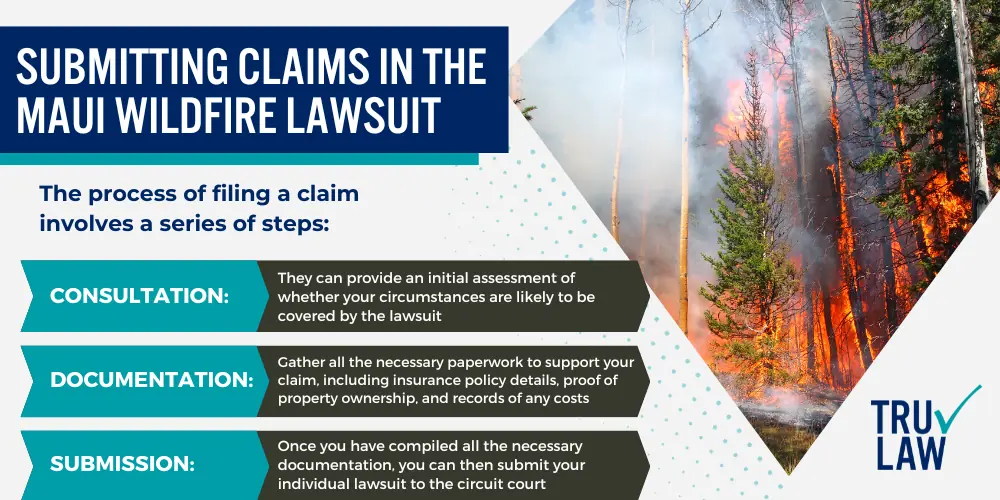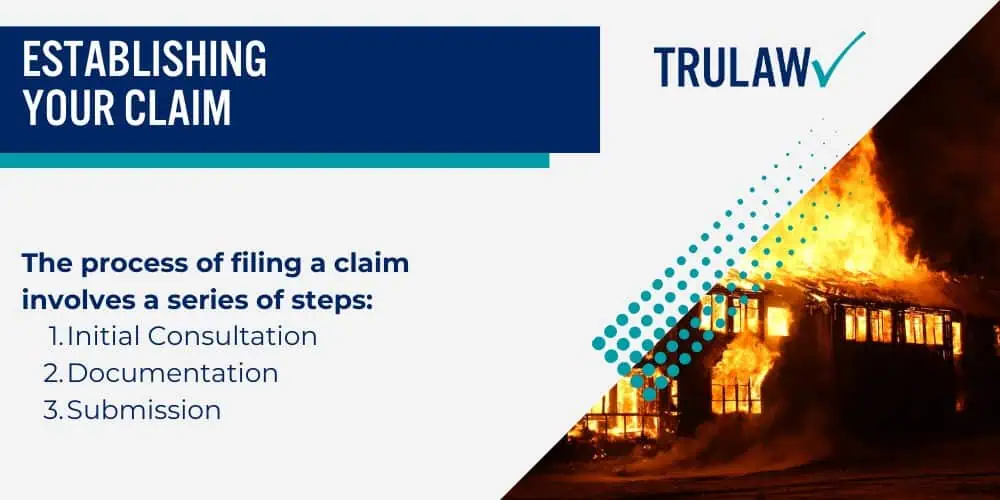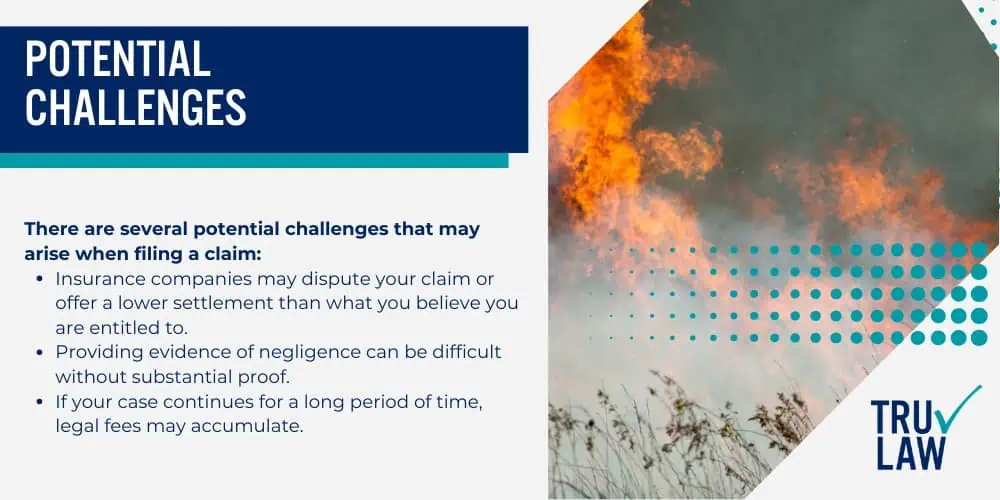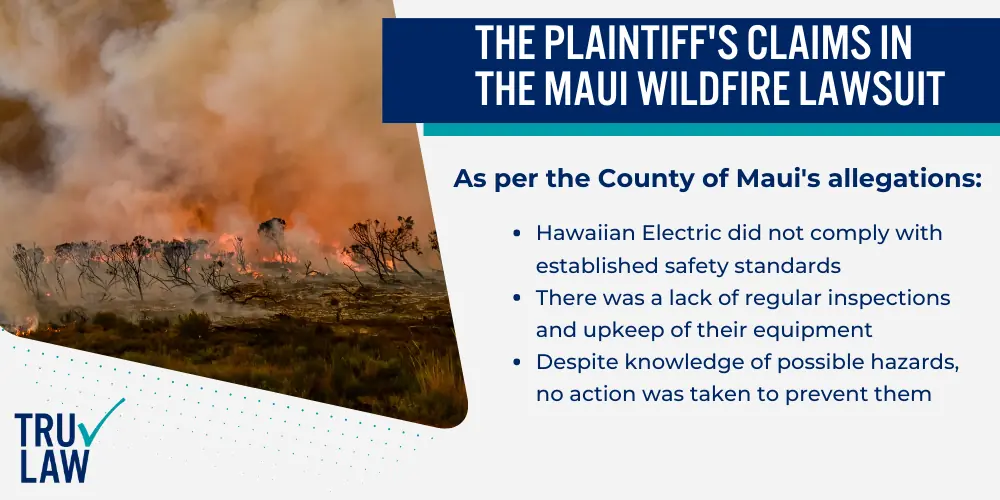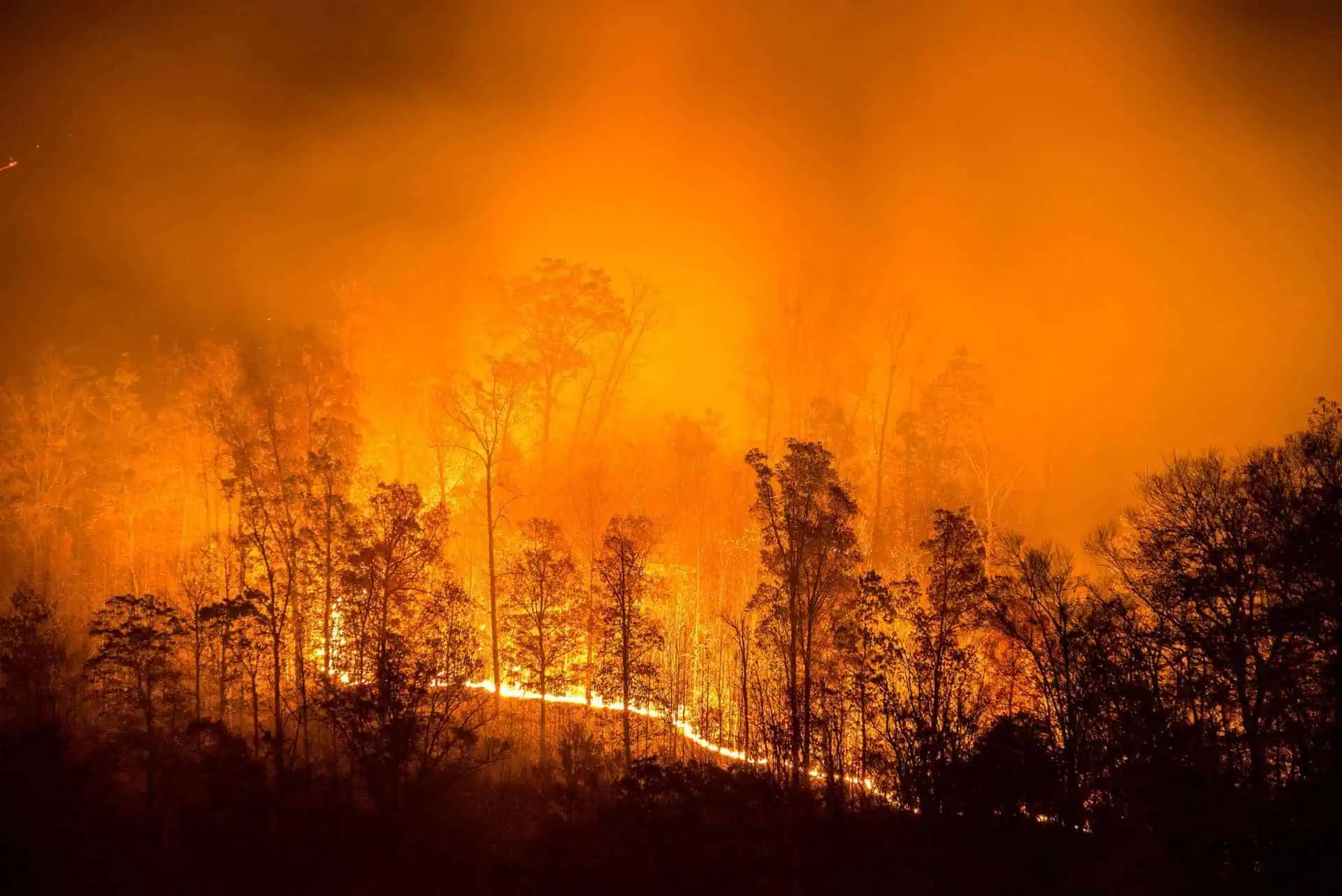The County of Maui lawsuit against Hawaiian Electric Co. includes claims for extensive damage to public infrastructure caused by the wildfires.
This includes roads, bridges, public buildings, and utilities, all of which are essential for the functioning of the county and the well-being of its resident
Accountability and Legal Implications
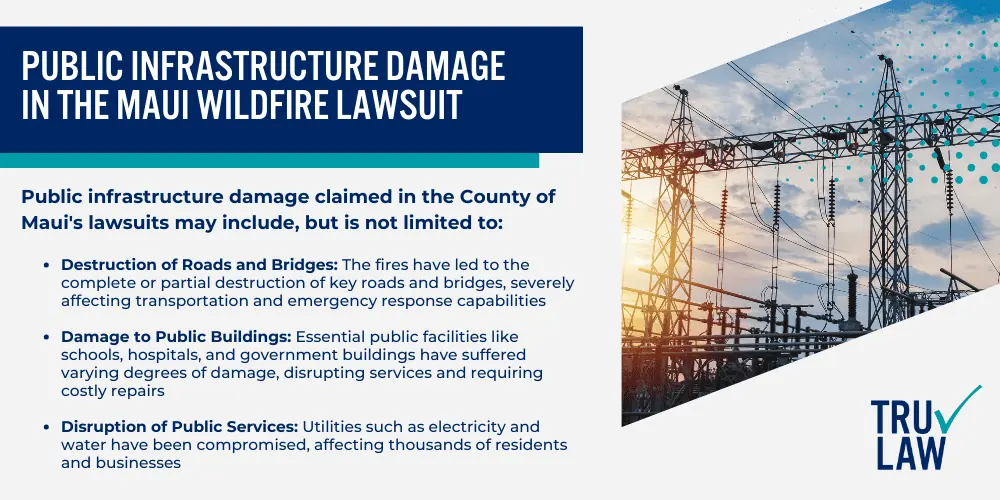
The lawsuit against Hawaiian Electric and its subsidiaries alleges that the utility company’s negligence caused the devastating wildfires that led to these damages.
The company’s shares jumped nearly 40% after they claimed they were not responsible for the wildfires, adding another layer of complexity to the lawsuit.
Public infrastructure damage claimed in the County of Maui’s lawsuits may include, but is not limited to:
- Destruction of Roads and Bridges: The fires have led to the complete or partial destruction of key roads and bridges, severely affecting transportation and emergency response capabilities.
- Damage to Public Buildings: Essential public facilities like schools, hospitals, and government buildings have suffered varying degrees of damage, disrupting services and requiring costly repairs.
- Disruption of Public Services: Utilities such as electricity and water have been compromised, affecting thousands of residents and businesses.
Financial Impact
The destruction of public infrastructure not only disrupts daily life but also requires significant resources for repair and reconstruction.
The lawsuit claims these damages, and the financial burden falls heavily on the County of Maui, which is already grappling with other types of losses such as revenue and increased operational costs.
Long-term Consequences
The long-term impact of these damages extends beyond immediate repair costs.
The destruction has a cascading effect on the community, affecting everything from property values to insurance rates.
Moreover, the loss of critical infrastructure can have lasting implications for the economic and social well-being of the County of Maui.
